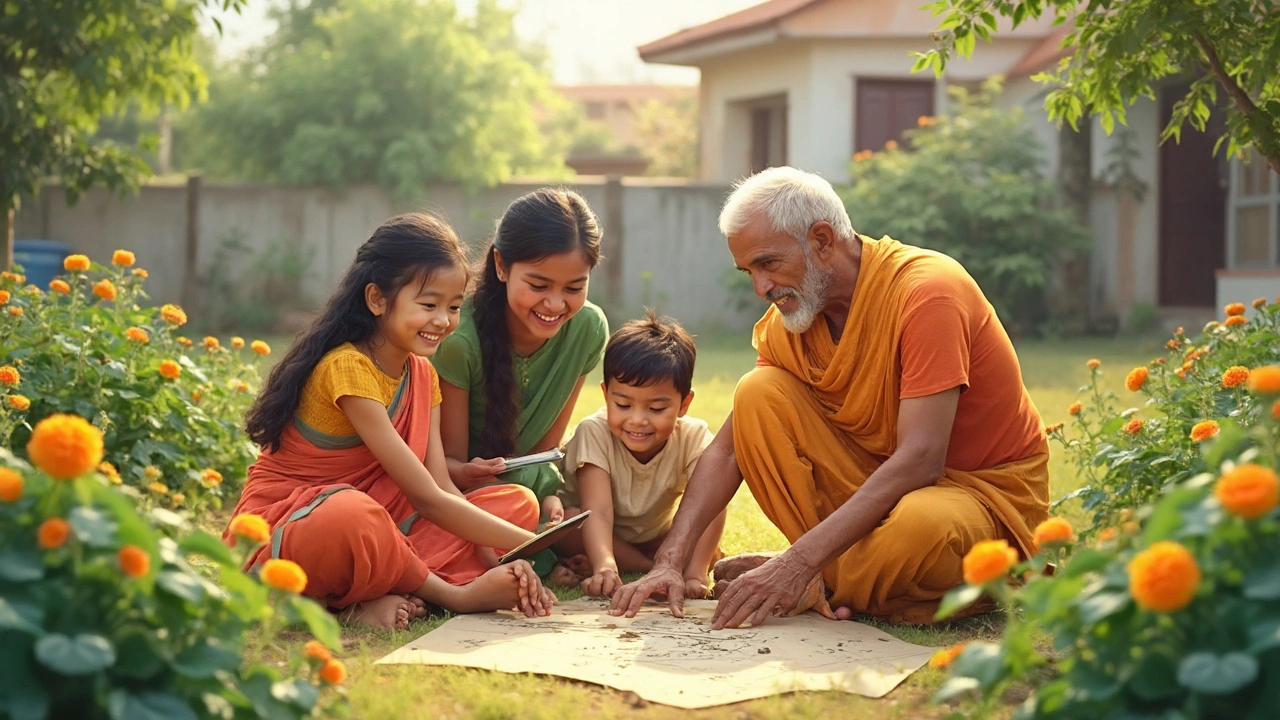Wondering how to start your first kitchen garden? This article breaks down the basics of laying out a garden for beginners, step by step. Learn how to pick the right spot, plan simple beds, choose what to grow, and avoid rookie mistakes. Get practical tips, clever tricks, and easy ideas that actually work, no matter your space or budget. Build a beginner-friendly kitchen garden that will have you harvesting fresh veggies in no time.
Vegetable Garden: How to Grow Healthy Crops in India
When you start a vegetable garden, a personal plot where you grow food for your table using natural methods. Also known as home food garden, it’s one of the most practical ways to eat fresher, cheaper, and more nutritious food in India. Whether you have a backyard, terrace, or just a balcony, a vegetable garden doesn’t need much space—just the right plants and a little know-how.
What makes Indian vegetable gardens unique is the climate. You can grow native vegetables, crops like bitter gourd, drumstick, and amaranth that have thrived here for centuries without fighting the weather. These plants are tougher, need less water, and resist local pests better than imported varieties. And when your soil is too heavy or dry? You don’t need fancy products. Adding garden soil improvement, simple mixes like compost, leaf mold, or perlite to loosen clay and boost drainage can turn bad dirt into rich growing ground. Even in small spaces, container gardening, growing veggies in pots, buckets, or hanging bags works great—if you pick the right plants and give them enough sun.
Many people think you need a big plot to grow your own food. But look at the posts below—you’ll see how others in India are growing tomatoes in 5-gallon buckets, saving seeds from last year’s okra, and fixing clogged drip lines to water their greens without waste. You’ll find out why some plants bloom all year here, what rabbits really eat, and how to make compost from kitchen scraps in just weeks. There’s no magic formula. Just real, tested steps that work under Indian sun, monsoons, and dry spells.
What you’ll find here isn’t theory. It’s what people are actually doing—whether they’re in Delhi, Chennai, or a small town in Maharashtra. No fluff. No overpriced tools. Just clear advice on what to plant, when to plant it, and how to fix common problems before they ruin your harvest. Ready to grow your own food? The next section shows you exactly how.
